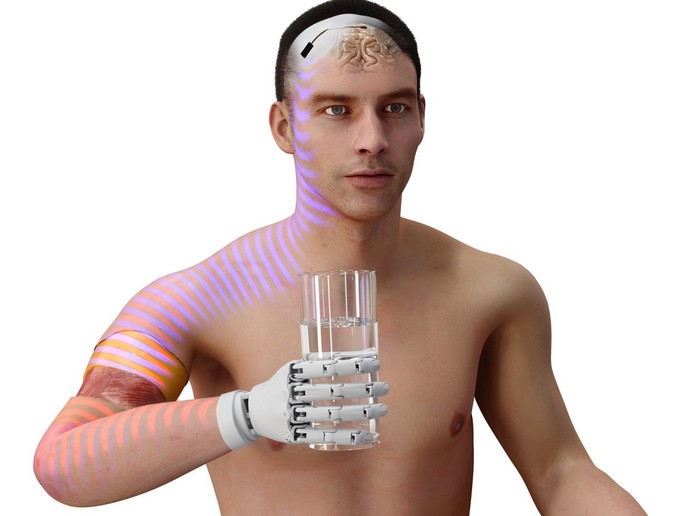Adrenoleukodystrophy unravelled
ALD is a progressive metabolic neurological disorder that occurs approximately in 1 in 17,000 newborns. It is caused by mutations in the ABCD1 gene located on the X chromosome and affects the myelin of the central nervous system. Biochemically, X-linked ALD (X-ALD) is characterised by transport deficiency of very long-chain fatty acids (VLCFAs). Accumulating evidence suggests that the ABCD1 gene codes for a protein that is probably implicated in the transport of VLCFAs into a specific intracellular organelle, called the peroxisome. To this end, a model based on the yeast S. cerevisae has been developed to study the function of ALD protein. Using this model, the EU-funded ‘X-linked Adrenoleukodystrophy (X-ALD): pathogenesis, animal models and therapy’ (X-ALD) project aimed to prove the role of ALD protein in VLCFA transport. Expression of ALD protein in genetically engineered yeast cells was capable of restoring the defective transport of VLCFAs. Furthermore, project scientists developed new X-ALD mouse models which helped them identify candidates for modifier genes that could account for the phenotypic variability seen in ALD patients. The substantial progress made towards the understanding of the pathogenic mechanisms underlying the disease has aided the development of novel therapeutic approaches and the first clinical application of gene therapy in X-ALD. The X-ALD work carried out in this project is expected to have significant implications with regards to future therapeutic treatment of X-ALD patients.







